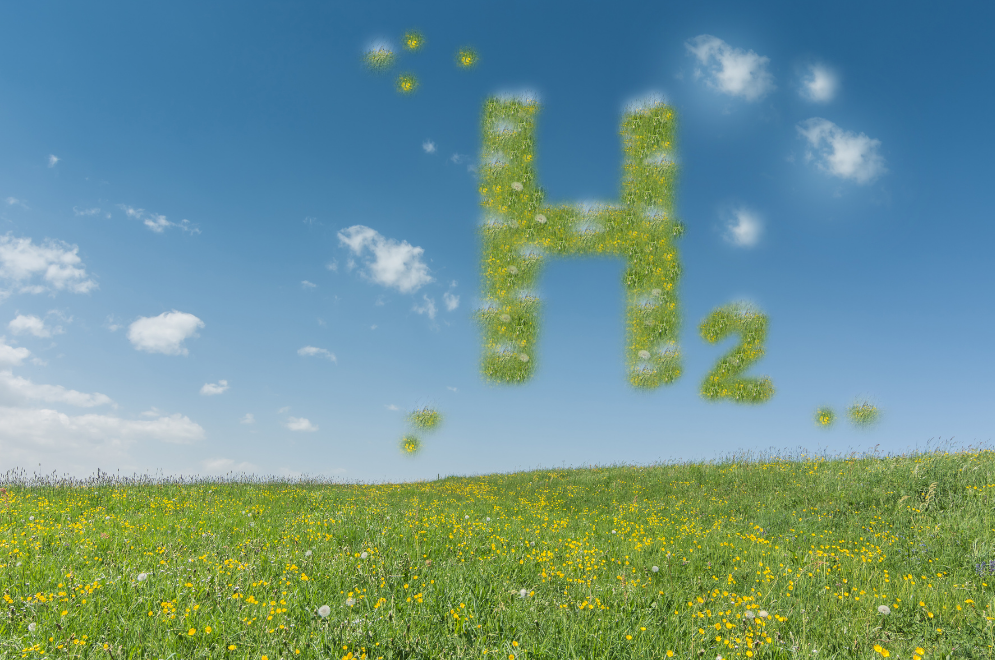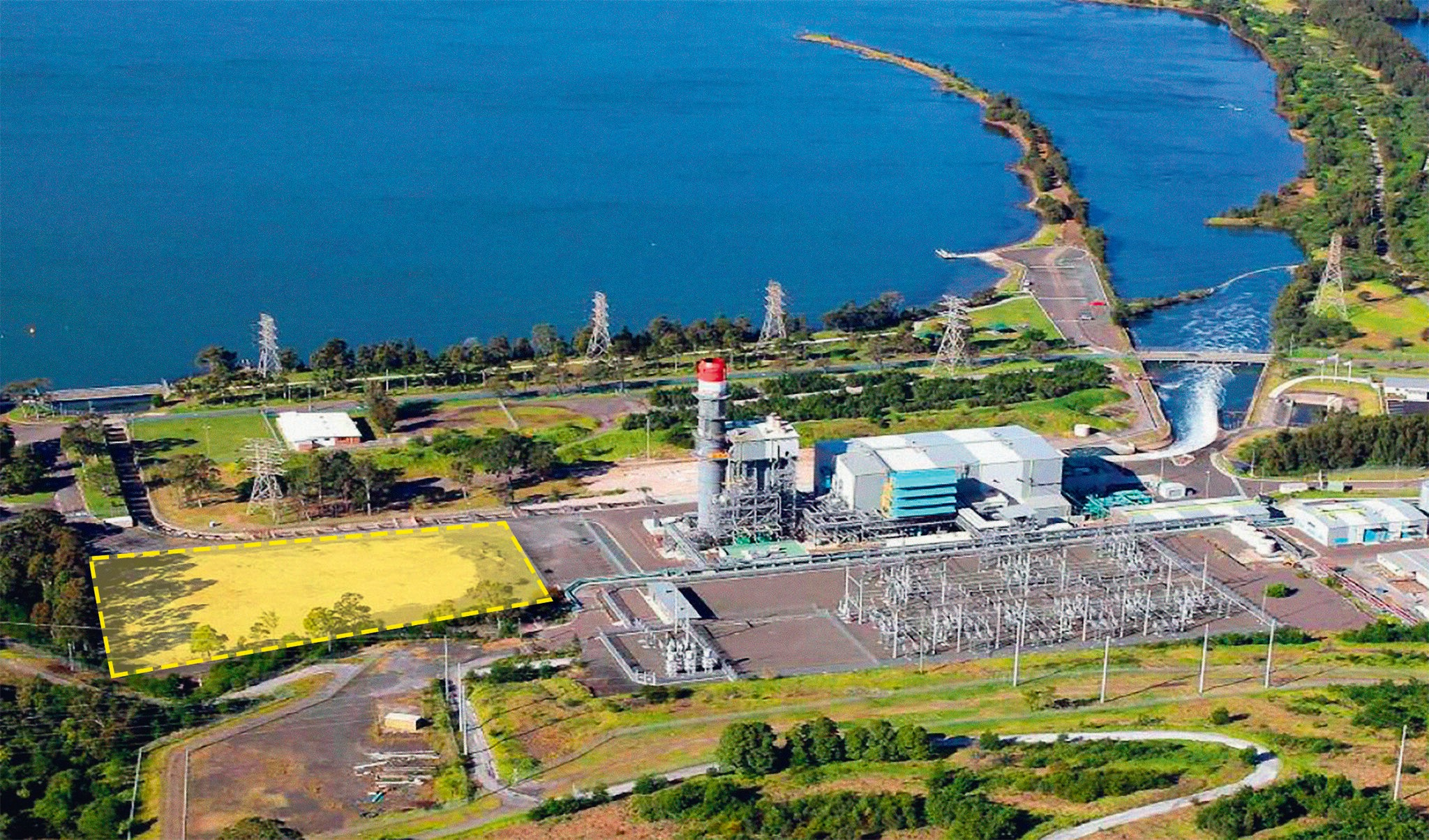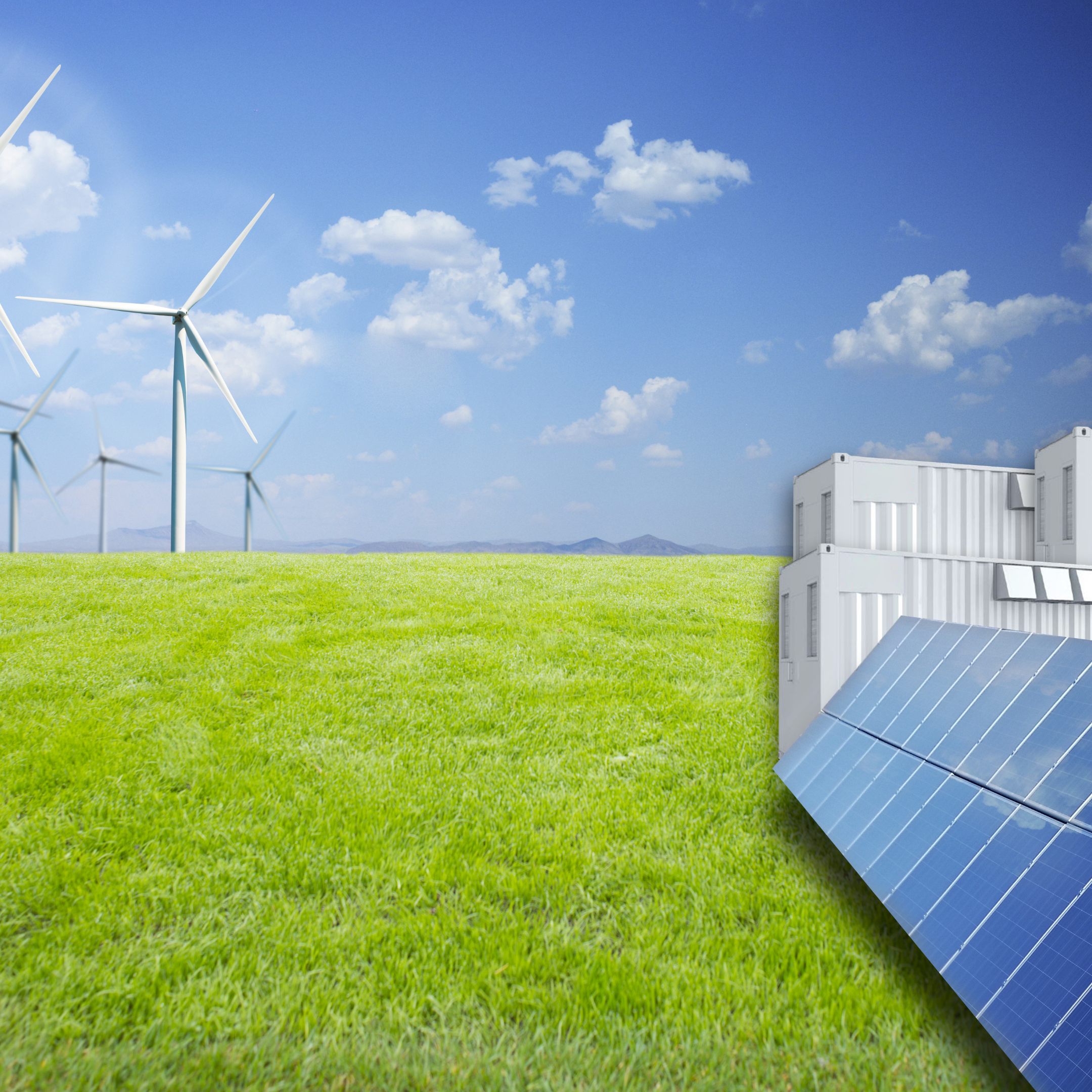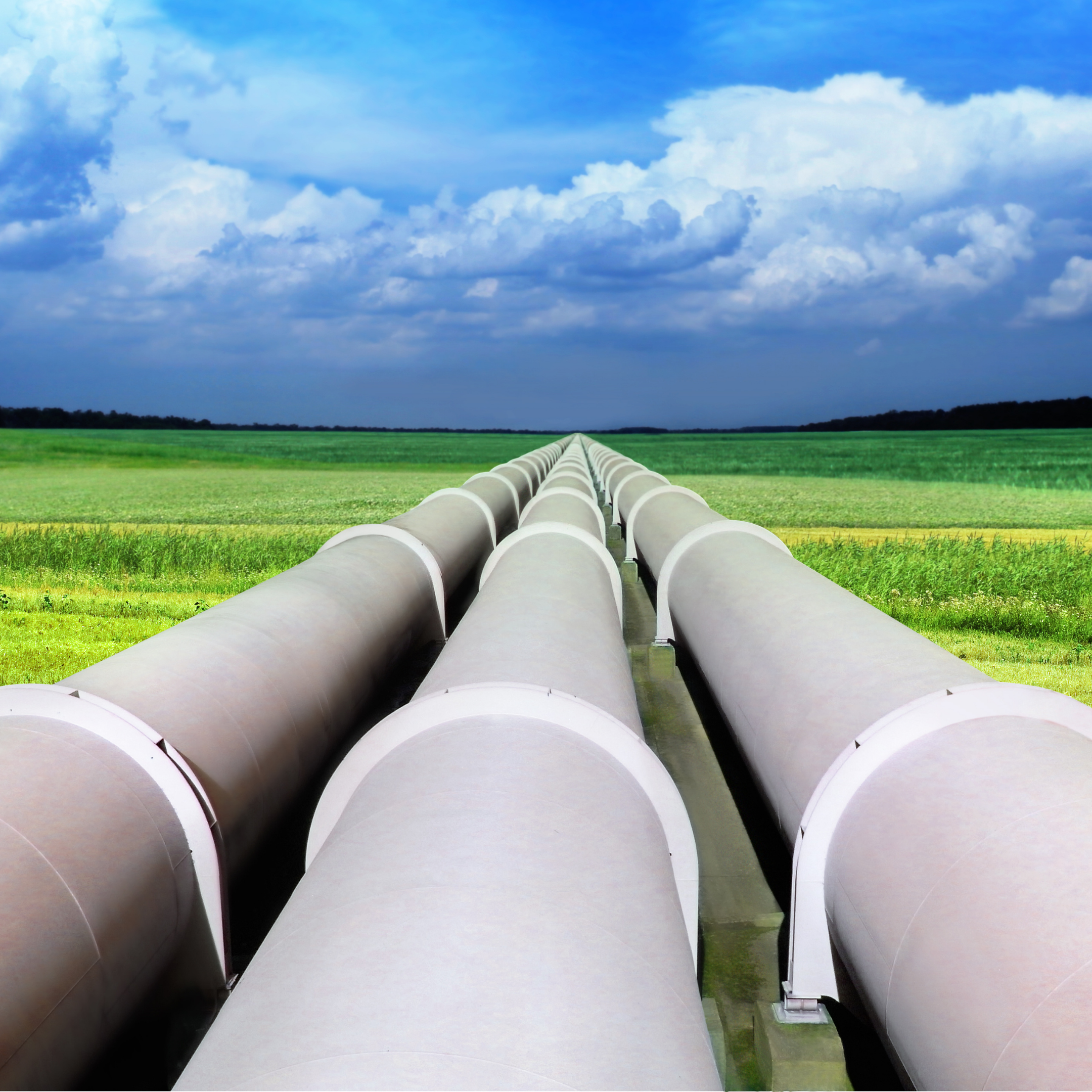Australia’s largest electrolyser has started producing green Hydrogen which will be distributed through the gas network. The 1.25MW electrolyser is located at the Hydrogen Park South Australia (HyP SA) which forms part of the Tonsley Innovation District south of Adelaide.
The facility received $4.9M of funding from the SA government under a grant to leverage its renewable infrastructure to be a world class renewable hydrogen supplier.

The green hydrogen will be blended at 5% with conventional natural gas and distributed through the existing gas network to 700 homes. Longer term plans are for the percentage of hydrogen to be increased to 10% and extending the pilot to more end users.
Emission reductions from 5 or even 10% hydrogen will not result in house holders reaching net zero emissions, but it is a start for people that want to remain with gas usage for heating and cooking. To reach net zero emission it is likely that gas appliances will need to be replaced by renewable powered electric devices.
In the rapidly changing energy mix, AGN must adjust its business model to prevent its assets from becoming stranded due to the shift to renewable electricity. AGN is marketing the 5% gas blend as renewable gas and clean burning gas.
The renewable hydrogen plant will cost $14.5 million and can produce 20kg/hr of green hydrogen with onsite storage of 40kg. In one of the driest states of Australia it is also noted that it takes 15l of water to make 1 kg of Hydrogen.
SA wants to become a green hydrogen powerhouse with plans to export green hydrogen via three new hydrogen hubs. To power the electrolysers capable of producing the required volumes of green hydrogen for export will need 12GW of renewable energy.
Apart from the reticulation of the green hydrogen gas blend, the facility is using BOC to transport the green hydrogen by road to industrial customers in Whyalla. Previously BOC transported hydrogen from its Victorian manufacturing facility. BOC will use hydrogen tube trailers to transport the gas from the Tonsley facility saving 117,000km in annual driving and 122,000 kg of carbon emissions per year.






 Earlier in the week Richard announced that Stanwell had long term plans to transition from a largely coal fired generator to a renewable energy and storage business.
Earlier in the week Richard announced that Stanwell had long term plans to transition from a largely coal fired generator to a renewable energy and storage business.


